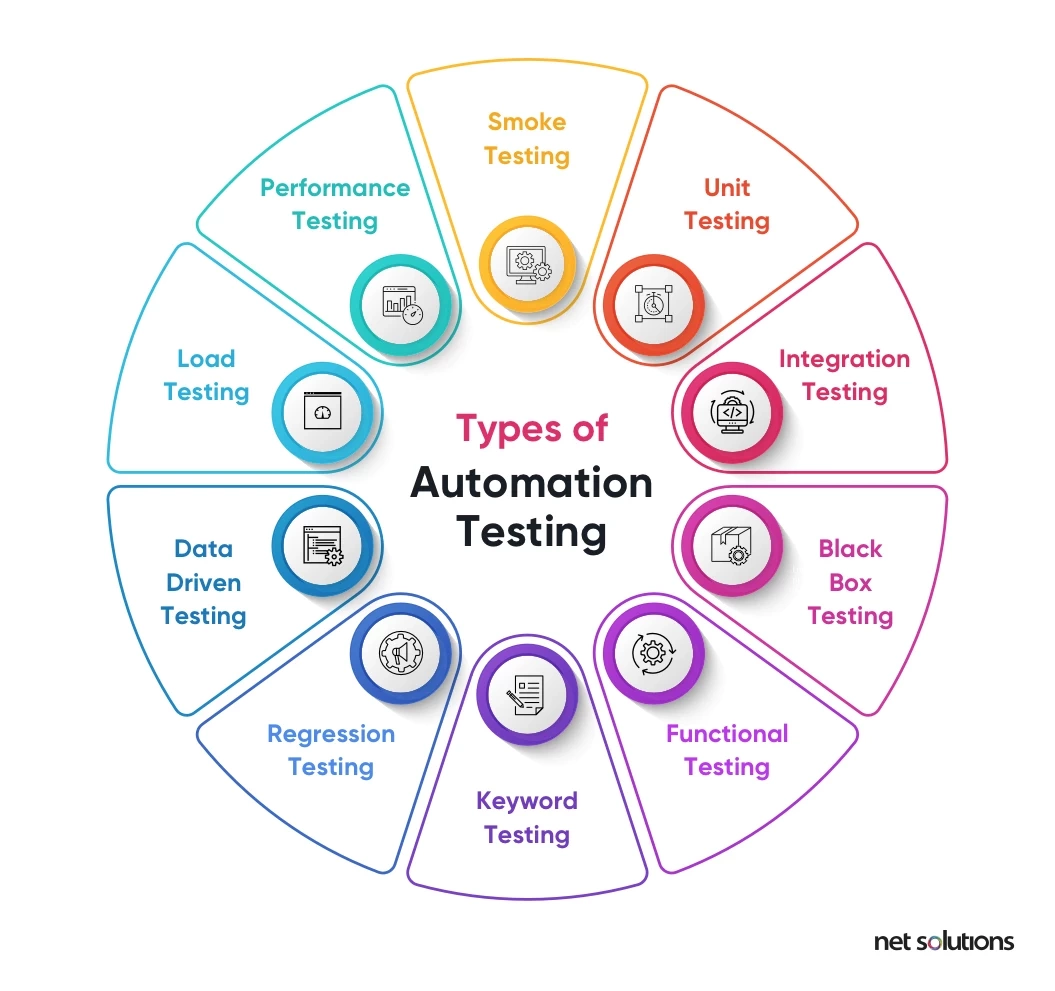From Handbook to Automated Testing: A Comprehensive Guide to Transitioning Efficiently and Successfully
In the world of software testing, the change from guidebook to automated procedures has come to be an increasingly important change for organizations seeking to boost efficiency and accuracy in their screening techniques. The journey from handbook to automated screening is not without its challenges, but when come close to strategically and with a clear plan in mind, the benefits can be considerable.
Advantages of Automated Examining
Automated testing provides many advantages, improving effectiveness and accuracy in software program development procedures. Automated examinations can be run simultaneously on several tools and running systems, dramatically speeding up the testing phase contrasted to manual testing.
Additionally, automated testing guarantees a greater level of accuracy in identifying defects. Consistency in testing is additionally enhanced, as automated examinations implement the same actions exactly each time they are run.
Choosing the Right Devices

First of all, assess your purposes and needs. Understand the extent of your job, the innovations included, and the skill collection of your group. This evaluation will certainly help you establish the features and capabilities you call for in your screening tools.
Second of all, think about the compatibility of the tools with your existing systems and procedures. Smooth combination with your present software application advancement lifecycle is important to guarantee a smooth shift to automation.
Furthermore, assess the scalability and adaptability of the devices. As your screening requires progress, the tools should have the ability to adapt and fit modifications effectively.
Lastly, consider the support and area around the devices. Robust assistance and an active individual area can provide important resources and support when executing automated testing. By very carefully considering these aspects, you can choose the right tools that straighten with your requirements and set the phase for a successful transition to automated screening.
Writing Efficient Examination Manuscripts

When crafting examination manuscripts, it is necessary to think about the specific demands of the software program being tested and make sure that the scripts address all important performances. Detailed and clear calling conventions for test scripts and examination cases can enhance readability and maintainability. Furthermore, including error handling systems within the test scripts can help in determining and attending to issues promptly.
Additionally, arranging examination manuscripts into modular elements can enhance reusability and scalability, minimizing redundancy and boosting efficiency in test manuscript upkeep. Regular evaluations and updates to check scripts are essential to keep speed with advancing software needs and functionalities. By following these concepts, testers can produce effective and robust test scripts that add significantly to the success of automated screening processes.
Integrating Automation Into Workflows
Efficient combination of automation tools right into existing operations enhances and enhances processes performance within software development cycles. When integrating automation right into operations, it is vital to determine repetitive tasks that can be automated to anonymous save time and decrease human error. By seamlessly incorporating automated screening tools like Selenium or Appium right into the software application growth lifecycle, teams can attain faster comments on code modifications, leading to quicker bug detection and resolution. This integration allows for constant testing throughout the advancement procedure, guaranteeing that any kind of concerns are determined early on, leading to higher software program high quality. In addition, automation can be made use of to set off examinations instantly after each code devote, providing prompt validation and freeing up testers to concentrate on more complex circumstances. Appropriate assimilation of automation devices calls for cooperation between growth, testing, and operations groups to develop a unified process that maximizes efficiency and efficiency in providing premium software.
Making Certain a Smooth Shift
Successfully transitioning to automated testing includes careful preparation and careful implementation to make the most of and decrease disruptions performance in the software application advancement procedure - automation testing. To make sure a smooth transition, it is important to begin by performing an extensive assessment of the present testing procedures and determining areas where automation can bring the most substantial benefits. Engaging with all stakeholders early on in the procedure, including developers, testers, and task supervisors, is important for gathering assistance and buy-in for the automation campaign
Communication is crucial throughout this transition stage. Clear communication of the objectives, benefits, and assumptions of automated screening assists to take care of any type of resistance or worries that might develop. Additionally, providing sufficient training and sources for team participants to upskill in automation tools and strategies is essential for ensuring an effective change.

Verdict
To conclude, transitioning from guidebook to automated testing uses countless benefits, consisting of raised effectiveness and integrity. By picking the suitable devices, composing effective test scripts, and incorporating automation effortlessly right into process, companies can make sure a smooth and successful transition. Recommended Reading It is crucial to embrace automation as a valuable asset in software application testing processes to enhance overall quality and productivity.
In the world of software program screening, the shift from manual to automated processes has actually become a progressively vital change for organizations looking for to boost effectiveness and precision in their testing methods. Automated examinations can be run simultaneously on numerous devices and Look At This running systems, drastically speeding up the testing stage contrasted to hand-operated screening. Consistency in screening is also improved, as automated examinations execute the very same steps specifically each time they are run.To guarantee the successful application of chosen testing devices, the creation of effective test manuscripts plays a crucial role in validating the functionality and performance of automated procedures - automation testing. By adhering to these concepts, testers can create effective and robust test scripts that contribute significantly to the success of automated screening procedures